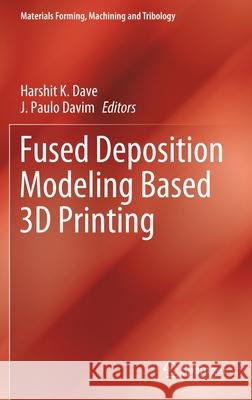Fused Deposition Modeling Based 3D Printing » książka
topmenu
Fused Deposition Modeling Based 3D Printing
ISBN-13: 9783030680237 / Angielski / Twarda / 2021 / 515 str.
Fused Deposition Modeling Based 3D Printing
ISBN-13: 9783030680237 / Angielski / Twarda / 2021 / 515 str.
cena 803,21
(netto: 764,96 VAT: 5%)
Najniższa cena z 30 dni: 771,08
(netto: 764,96 VAT: 5%)
Najniższa cena z 30 dni: 771,08
Termin realizacji zamówienia:
ok. 22 dni roboczych
Dostawa w 2026 r.
ok. 22 dni roboczych
Dostawa w 2026 r.
Darmowa dostawa!
Kategorie:
Kategorie BISAC:
Wydawca:
Springer
Seria wydawnicza:
Język:
Angielski
ISBN-13:
9783030680237
Rok wydania:
2021
Wydanie:
2021
Numer serii:
000453876
Ilość stron:
515
Waga:
0.90 kg
Wymiary:
23.39 x 15.6 x 2.87
Oprawa:
Twarda
Wolumenów:
01
Dodatkowe informacje:
Wydanie ilustrowane











